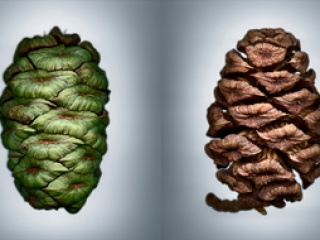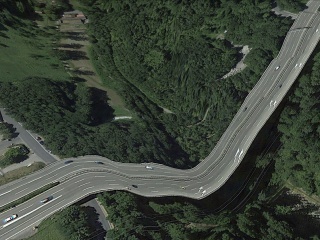Svjetlana Tepavcevic
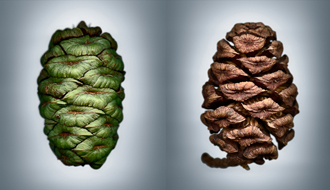

Means of Reproduction is a photography project that explores the transformative power of seeds.
I portray these microcosms as large and mysterious presences, evoking their latent energy and potential to initiate new life through their own transformation. Seeds and the vessels that shield them are essential elements of life and a testament to its enormous vitality and resilience.
The passage of time is a strong element in my images. Seeds themselves are an embodiment of the long and invisible time that continues to shape them and to encapsulate within them the code for new life. Another signifier of passing time, decay, appears frequently and symbolizes memento mori: not only is life fleeting and finite, life and death are two ends of the same continuum.
The selection of images in Means of Reproduction is personal and subjective: I depict only those seeds and seed pods I encounter in ordinary, everyday situations, often while walking. Making these images is an act of contemplation, of discovery and learning, and of love. It brings me closer to nature, whose astonishing designs I now appreciate more than ever.

















 Svjetlana Tepavcevic (Bosnia). Lives and works in Washington D.C. A photographer, she graduated in Art from the University of California and Los Angeles, then received a Masters’ Degree in Art from the Annenberg School of Communication, University of Pennsylvania. She has taken part in numerous exhibitions, both individual and collective, and has received several prizes. Tepavcevic’s work explores her environment, based on detailed and long-term observation and focusing on the relationship with objects. Her work can be viewed at Svjetlana Tepavcevic.
Svjetlana Tepavcevic (Bosnia). Lives and works in Washington D.C. A photographer, she graduated in Art from the University of California and Los Angeles, then received a Masters’ Degree in Art from the Annenberg School of Communication, University of Pennsylvania. She has taken part in numerous exhibitions, both individual and collective, and has received several prizes. Tepavcevic’s work explores her environment, based on detailed and long-term observation and focusing on the relationship with objects. Her work can be viewed at Svjetlana Tepavcevic.

Means of Reproduction is a photography project that explores the transformative power of seeds.
I portray these microcosms as large and mysterious presences, evoking their latent energy and potential to initiate new life through their own transformation. Seeds and the vessels that shield them are essential elements of life and a testament to its enormous vitality and resilience.
The passage of time is a strong element in my images. Seeds themselves are an embodiment of the long and invisible time that continues to shape them and to encapsulate within them the code for new life. Another signifier of passing time, decay, appears frequently and symbolizes memento mori: not only is life fleeting and finite, life and death are two ends of the same continuum.
The selection of images in Means of Reproduction is personal and subjective: I depict only those seeds and seed pods I encounter in ordinary, everyday situations, often while walking. Making these images is an act of contemplation, of discovery and learning, and of love. It brings me closer to nature, whose astonishing designs I now appreciate more than ever.

















 Svjetlana Tepavcevic (Bosnia). Lives and works in Washington D.C. A photographer, she graduated in Art from the University of California and Los Angeles, then received a Masters’ Degree in Art from the Annenberg School of Communication, University of Pennsylvania. She has taken part in numerous exhibitions, both individual and collective, and has received several prizes. Tepavcevic’s work explores her environment, based on detailed and long-term observation and focusing on the relationship with objects. Her work can be viewed at Svjetlana Tepavcevic.
Svjetlana Tepavcevic (Bosnia). Lives and works in Washington D.C. A photographer, she graduated in Art from the University of California and Los Angeles, then received a Masters’ Degree in Art from the Annenberg School of Communication, University of Pennsylvania. She has taken part in numerous exhibitions, both individual and collective, and has received several prizes. Tepavcevic’s work explores her environment, based on detailed and long-term observation and focusing on the relationship with objects. Her work can be viewed at Svjetlana Tepavcevic.Clement Valla
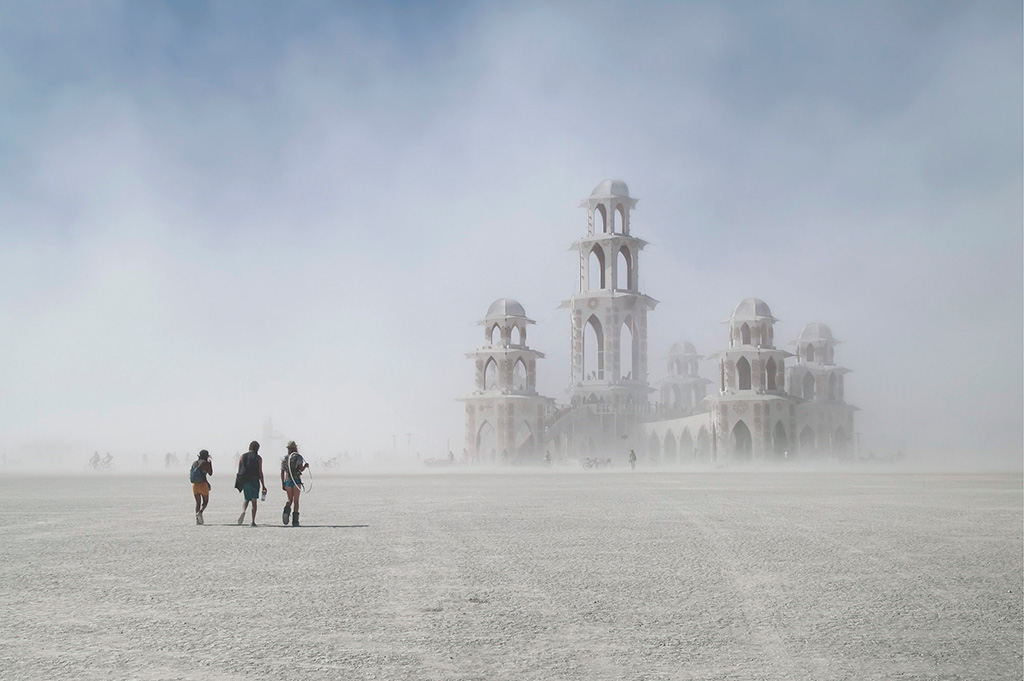
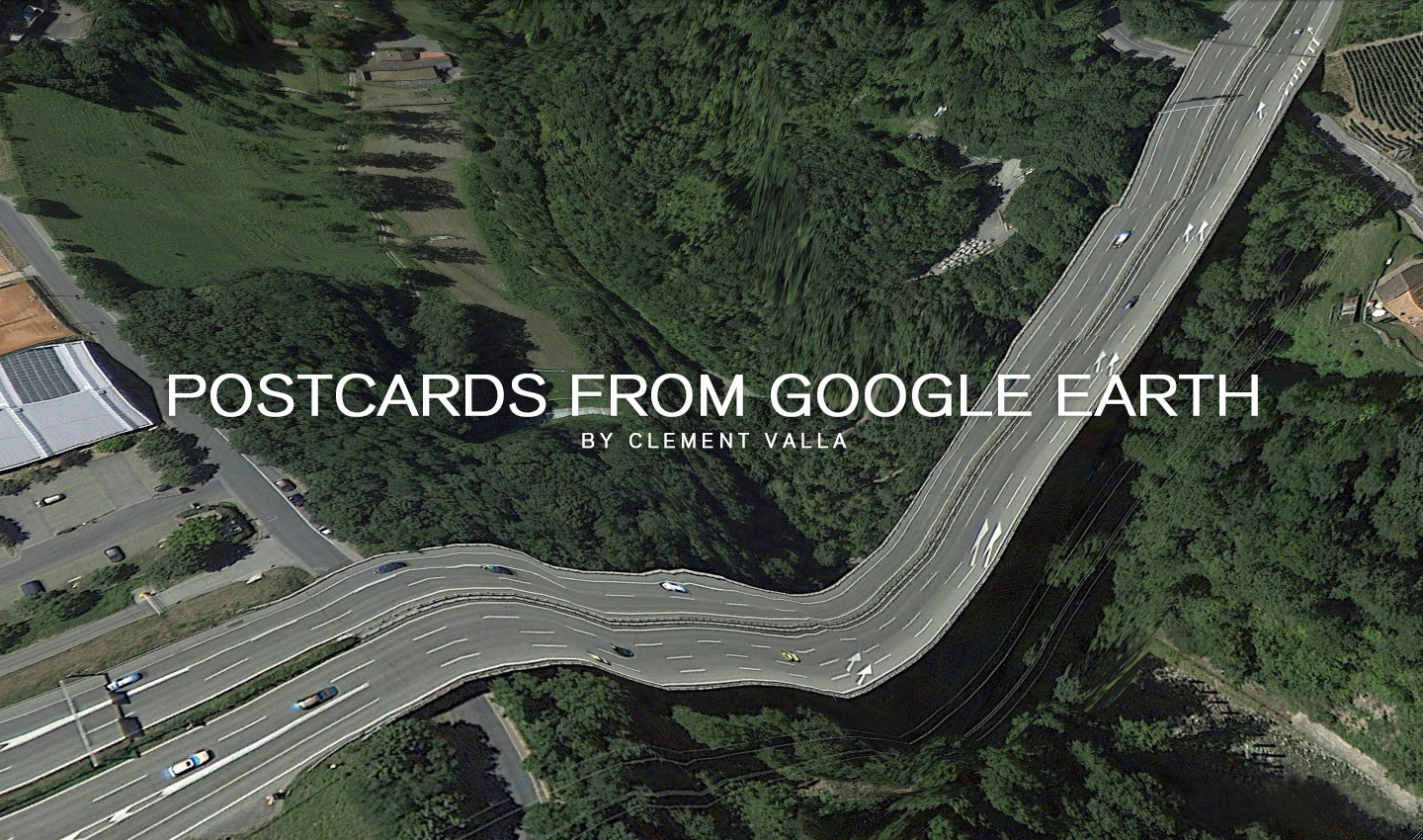
I collect Google Earth images. I discovered strange moments where the illusion of a seamless representation of the Earth’s surface seems to break down. At first, I thought they were glitches, or errors in the algorithm, but looking closer I realized the situation was actually more interesting — these images are not glitches. They are the absolute logical result of the system. They are an edge condition—an anomaly within the system, a nonstandard, an outlier, even, but not an error. These jarring moments expose how Google Earth works, focusing our attention on the software. They reveal a new model of representation: not through indexical photographs but through automated data collection from a myriad of different sources constantly updated and endlessly combined to create a seamless illusion; Google Earth is a database disguised as a photographic representation. These uncanny images focus our attention on that process itself, and the network of algorithms, computers, storage systems, automated cameras, maps, pilots, engineers, photographers, surveyors and map-makers that generate them.





















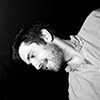 Clement Valla (USA, 1979). Lives and works in Brooklyn, New York. He received a BA in Architecture from Columbia University and a MFA from the Rhode Island School of Design in Digital+Media. He is currently an associate professor of Graphic Design at RISD. His work has been exhibited in several internationally places as The Indianapolis Museum of Art, Indianapolis; Museum of the Moving Image, New York; Thommassen Galleri, Gothenbur, etc. His work is available at clementvalla.com
Clement Valla (USA, 1979). Lives and works in Brooklyn, New York. He received a BA in Architecture from Columbia University and a MFA from the Rhode Island School of Design in Digital+Media. He is currently an associate professor of Graphic Design at RISD. His work has been exhibited in several internationally places as The Indianapolis Museum of Art, Indianapolis; Museum of the Moving Image, New York; Thommassen Galleri, Gothenbur, etc. His work is available at clementvalla.com[core_state] => 1 [core_access] => 1 [core_metadata] => {"robots":"","author":"Clement Valla","rights":"","xreference":""} [core_created_user_id] => 838 [core_created_by_alias] => [core_created_time] => 2014-05-01 17:00:00 [core_images] => {"image_intro":"images\/categories\/zonezero-3\/galleries.clement-valla.jpg","float_intro":"","image_intro_alt":"","image_intro_caption":"","image_fulltext":"images\/categories\/zonezero-3\/galleries.clement-valla.jpg","float_fulltext":"","image_fulltext_alt":"","image_fulltext_caption":""} [core_modified_time] => 2015-04-22 20:06:29 [core_language] => en-GB [core_catid] => 42 [core_publish_up] => 2014-05-01 17:00:00 [core_publish_down] => 0000-00-00 00:00:00 [content_type_title] => Article [router] => ContentHelperRoute::getArticleRoute [author] => Elisa Rugo [author_email] => elisa@zonezero.com [link] => index.php?option=com_content&view=article&id=173:postcards-from-google-earth&catid=42&lang=en-GB [displayDate] => 2014-05-01 17:00:00 [event] => stdClass Object ( [afterDisplayTitle] => [beforeDisplayContent] => [afterDisplayContent] => ) [text] =>


I collect Google Earth images. I discovered strange moments where the illusion of a seamless representation of the Earth’s surface seems to break down. At first, I thought they were glitches, or errors in the algorithm, but looking closer I realized the situation was actually more interesting — these images are not glitches. They are the absolute logical result of the system. They are an edge condition—an anomaly within the system, a nonstandard, an outlier, even, but not an error. These jarring moments expose how Google Earth works, focusing our attention on the software. They reveal a new model of representation: not through indexical photographs but through automated data collection from a myriad of different sources constantly updated and endlessly combined to create a seamless illusion; Google Earth is a database disguised as a photographic representation. These uncanny images focus our attention on that process itself, and the network of algorithms, computers, storage systems, automated cameras, maps, pilots, engineers, photographers, surveyors and map-makers that generate them.





















 Clement Valla (USA, 1979). Lives and works in Brooklyn, New York. He received a BA in Architecture from Columbia University and a MFA from the Rhode Island School of Design in Digital+Media. He is currently an associate professor of Graphic Design at RISD. His work has been exhibited in several internationally places as The Indianapolis Museum of Art, Indianapolis; Museum of the Moving Image, New York; Thommassen Galleri, Gothenbur, etc. His work is available at clementvalla.com
Clement Valla (USA, 1979). Lives and works in Brooklyn, New York. He received a BA in Architecture from Columbia University and a MFA from the Rhode Island School of Design in Digital+Media. He is currently an associate professor of Graphic Design at RISD. His work has been exhibited in several internationally places as The Indianapolis Museum of Art, Indianapolis; Museum of the Moving Image, New York; Thommassen Galleri, Gothenbur, etc. His work is available at clementvalla.com[id] => 173 [language] => en-GB [catid] => 42 [jcfields] => Array ( ) ) 1
Page 2 of 2
Page 2 of 2

